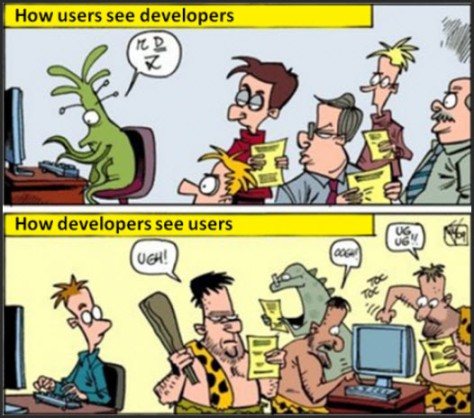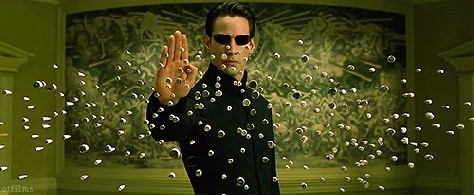--Originally published at Computer and Information Security
Computers have become an essential part of our lives, they allow us to keep in touch with people around the world and also grant us access to information of anything with just a few clicks.
However, what most people don’t know is that the internet is a dangerous place and they don’t take the required precautions to avoid being at risk, this causes unintentional security risks since it is caused by human error or the environment.
Here are some examples of unintentional security risks:
Browsing the internet with JavaScript enabled.
Since Javascript controls the setting of a web browser, a malicious website can disable the security settings of the browser allowing malicious software access to your computer.
Believing you antivirus will keep you safe.
While an antivirus program protects you from certain risks it is not invincible, you must be careful of which sites you visit or what types of files you download.
Keep clicking “Remind me later.” on every security update.
Software providers such as Microsoft and Adobe are constantly fixing security issues on their products and sending updates to address them, however if you don’t keep your software up to date those security threats remain open to be exploited by others.
Clicking “I accept” when you shouldn’t. (IT’S A TRAP)
Have you ever installed something and later on you start receiving a lot of spam on your mailbox? Maybe that program you installed said in very small words that you agreed to share your information with third parties. But who knows, you didn’t read them!
Hell yeah, free Wi-fi!
Just because it’s free doesn’t mean it’s good, free Wi-fi is insecure and can easily be penetrated and all your information compromised, so think twice before connecting to a free Wi-fi.


 It is based on the substitution of letters by a fixed number of position on the alphabet, this cipher is used as the base of other, more complex ciphers such as the Vigenère cipher. In this cipher a keyword is used and the message to be encrypted is shifted the value of the corresponding letter of the keyword in the alphabet.
It is based on the substitution of letters by a fixed number of position on the alphabet, this cipher is used as the base of other, more complex ciphers such as the Vigenère cipher. In this cipher a keyword is used and the message to be encrypted is shifted the value of the corresponding letter of the keyword in the alphabet.












